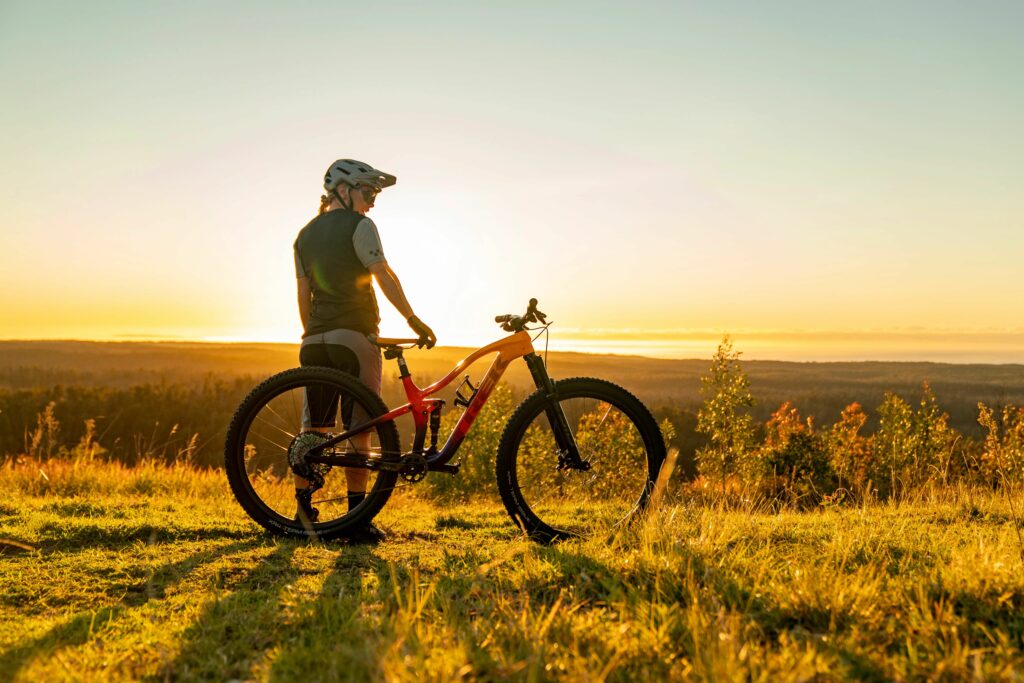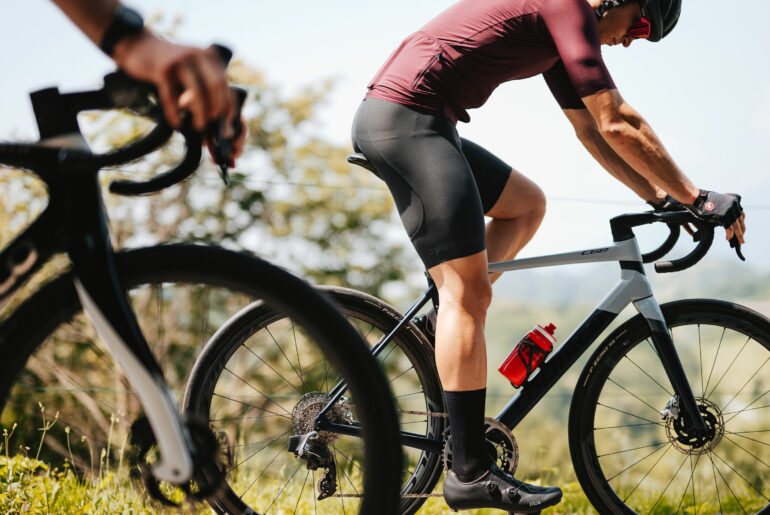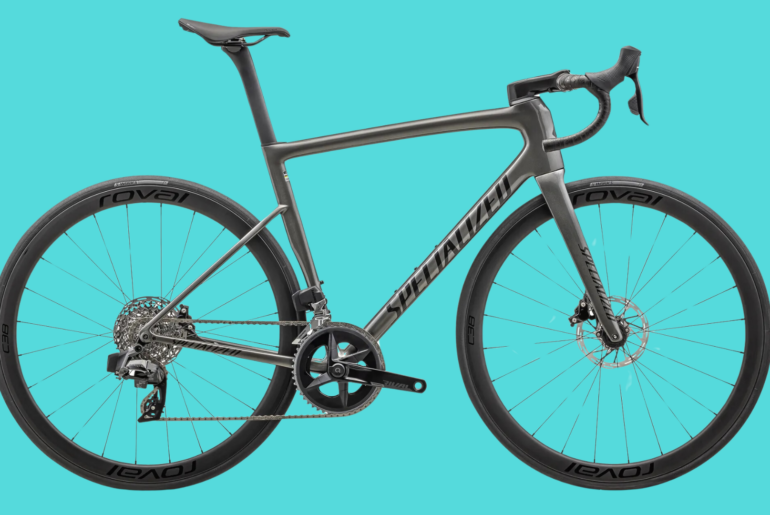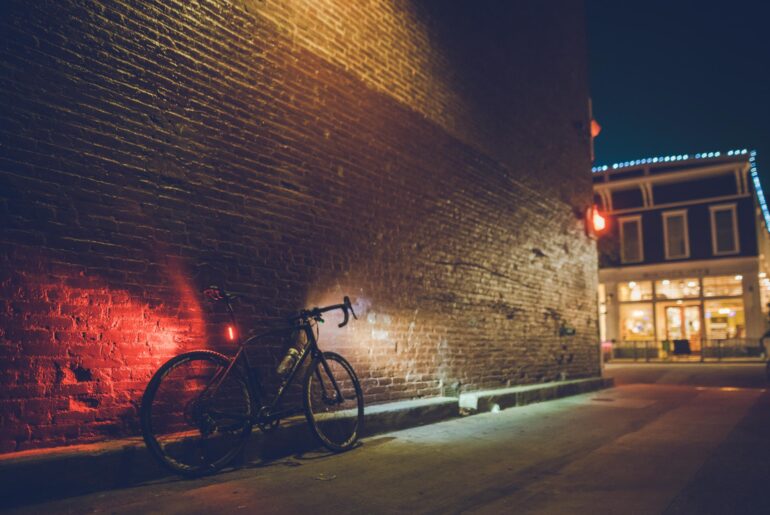So, you’ve decided you’d like to buy a mountain bike – great! Getting out on the trails is one of the most exhilarating and rewarding experiences you can have on a bike. But when it comes to actually choosing which bike to buy there is a huge amount of options to choose from, and as a beginner it can seem like a bit of a minefield.
Should you go Hardtail or Full-Suspension? What the heck does “Enduro” mean anyway? Downcountry???
We’re going to take you through the different types of mountain bike you can buy, what some of the terminology means and hopefully help you work out which bike is right for you.
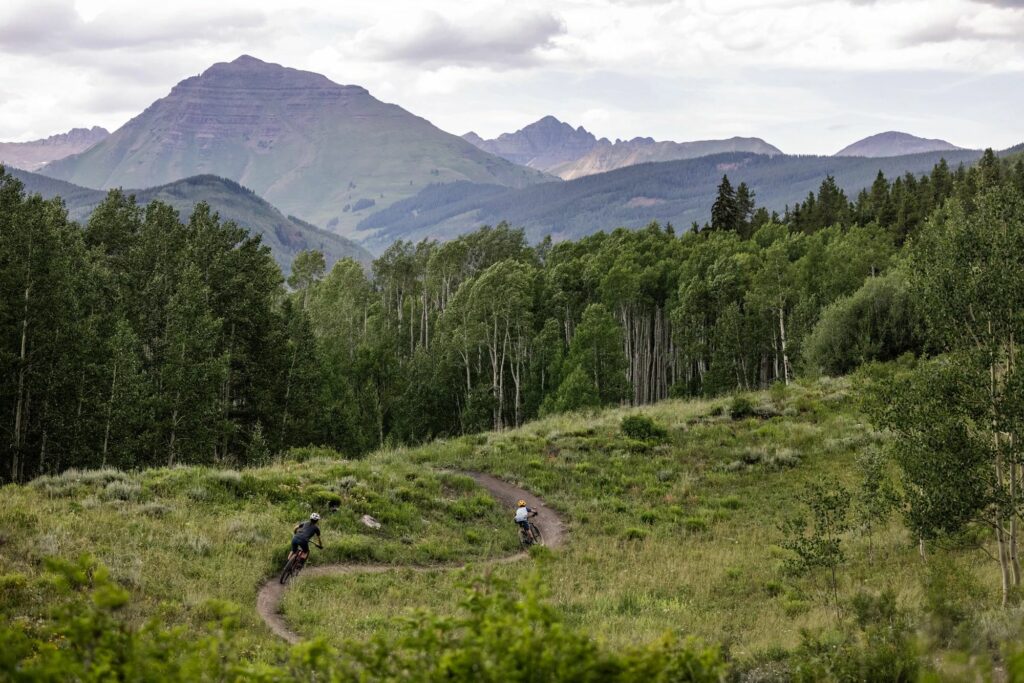
Hardtail vs Full-Suspension
One of the first choices you’ll need to make is whether to go for a hardtail or full-suspension mountain bike. What this essentially means is you’re choosing whether you have rear suspension or not.
Many riders will recommend that as a beginner you start with a hardtail. The reason for this being that rear suspension can help mask some errors in your riding, whereas with a hardtail you have to be fairly virtuous with your skill development. Having rear suspension on your bike does mean you’ll have a plusher, more comfortable ride however.
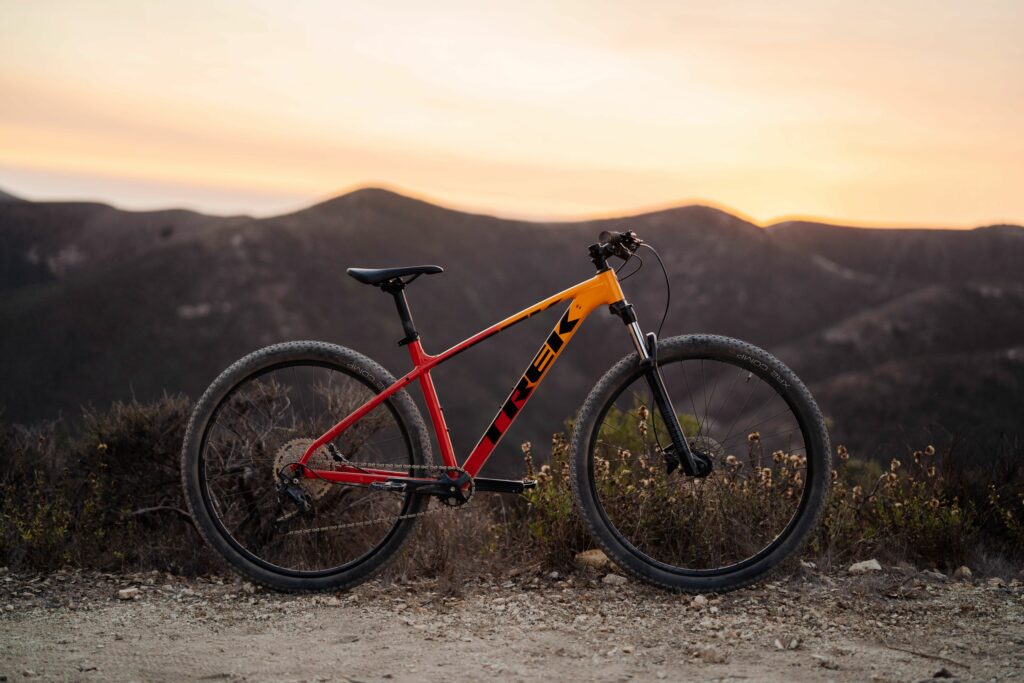
The Benefits of a Hardtail MTB
- Often cheaper than a full-suspension bike
- Often lighter than a full-sus bike
- Easier/cheaper to maintain
- Tend to make blander trails more fun/interesting
- Great for developing skills and learning to smooth out the trail/pick better lines
All of the above tend to make a hardtail a great choice for a beginner rider. Cheaper options mean you don’t have to commit to as much financially, only to find that mountain biking might not be for you. The lack of rear suspension (or a rear “shock” as you may hear it referred to as) also means it’s a lot easier/cheaper to maintain as there are less moving parts that will need regular servicing.
At the higher end (and price point) of the hardtail spectrum, with the right components and a carbon frame you can find hardtails sub 10kg in weight. Perfect if you’re planning on riding long distances as it’s less fatiguing to pedal, or if you’re racing as it should help give you a better power to weight ratio (free speed)!
However there can be some limitations to hardtails, and if you’re committed to progressing your riding and are perhaps aiming to get comfortable on more challenging terrain then a full-suspension bike might be right for you.
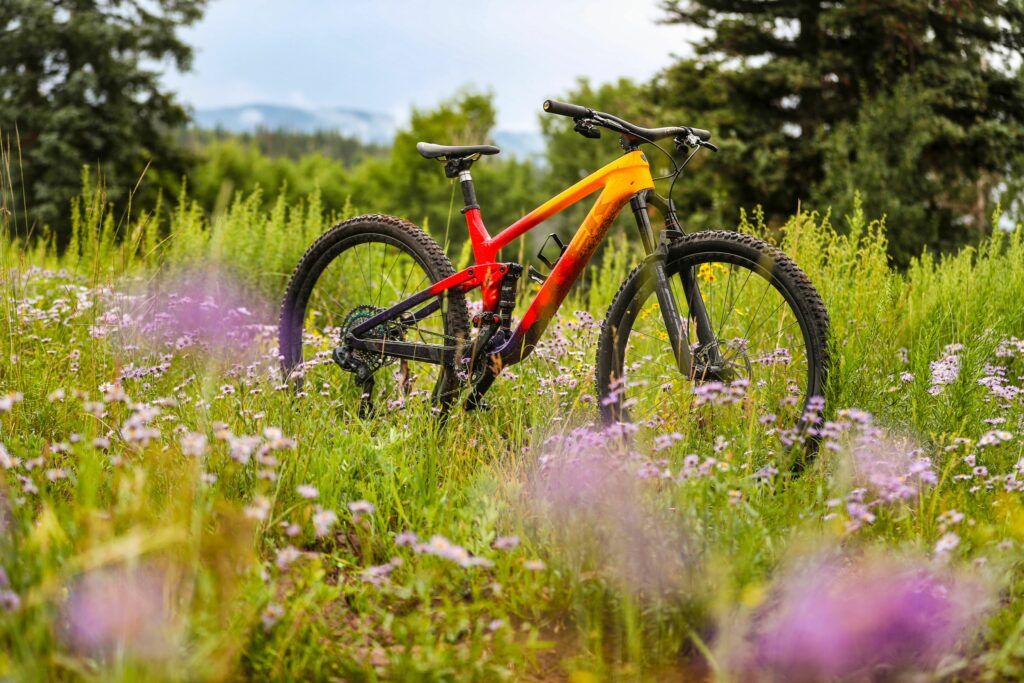
The Benefits of Full-Suspension MTB
- Rear suspension smooths out rough terrain, allowing you to ride fast with more confidence/control
- Rear suspension also makes for a more comfortable ride (though at the sacrifice of some pedal efficiency)
- A full-suspension bike will generally allow you to take your riding much further
The addition of a rear shock does also mean that full-suspension bikes tend to start at a higher price point, which can be off-putting as a new rider.
As mentioned above, one downside of rear suspension to think about is that depending on the bike/suspension design it can make pedalling less efficient/slower. If climbing and improvements in speed uphill is going to be a focus of your riding, then a hardtail is definitely worth looking at. Or a short-travel cross-country bike (more on suspension travel and disciplines later in this article).
Which Mountain Bike is Right for Me?
The style of mountain bike that is right for you will be dependent on a number of variables. For example, what sort of terrain will you be riding? Is uphill or downhill riding going to be your main focus, or do you want a solid all-rounder? Do you have ambitions to race, or ride long-distance?
Keep reading for a rundown of each key mountain bike discipline and what the differences are between the bikes.
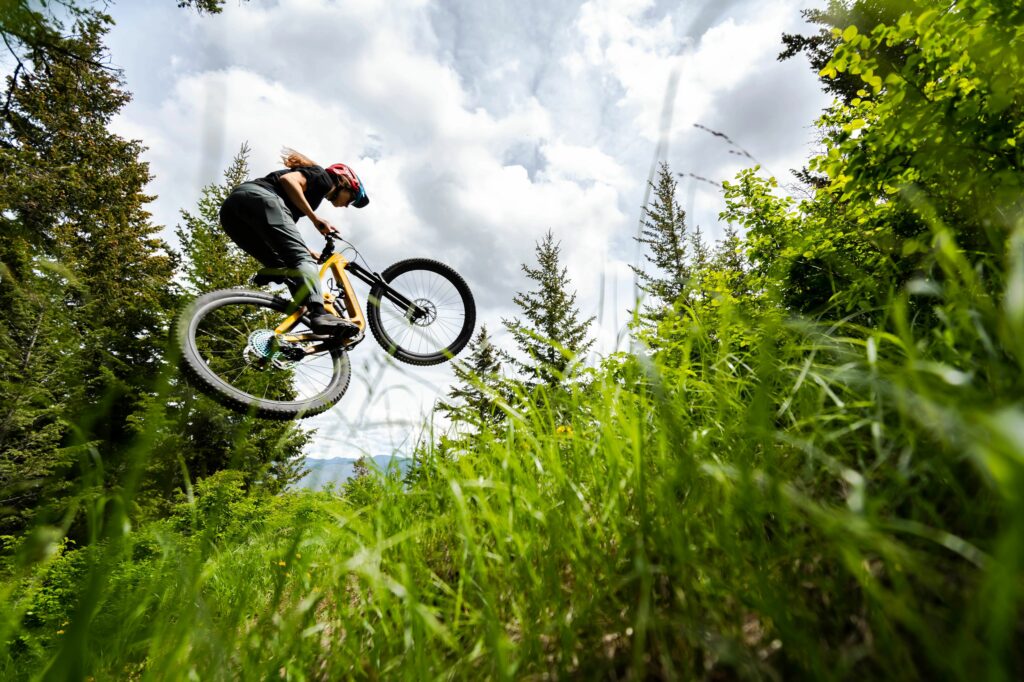
Cross-Country Mountain Bikes: Lightweight & Efficient
A cross-country (or XC) bike is designed to be as fast as possible going up, while still being relatively capable at descending on moderate terrain. Generally speaking, an XC bike would not be suitable for extremely steep, technical tracks. To help reduce weight and increase efficiency climbing a cross-country mountain bike tends to either be a lightweight hardtail, or “short-travel”* bike. The trade-off being that it’s going to be far less supportive and confidence inspiring when things get rough.
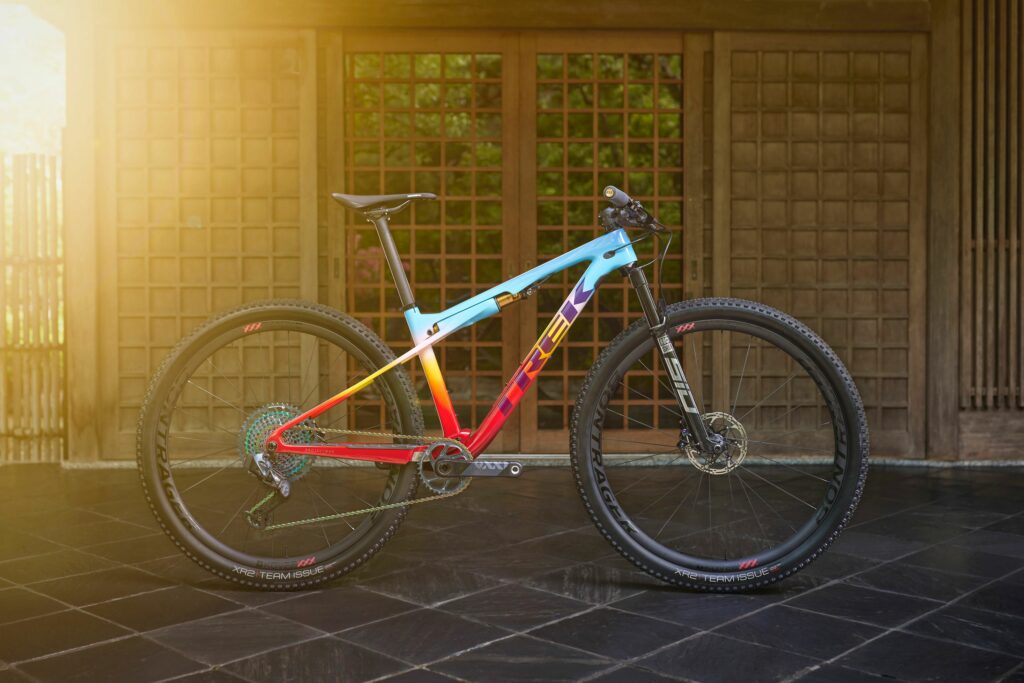
*When we’re talking about “travel” on a bike, this refers to how much movement the suspension has, or how much the bike can compress when absorbing force. The further the suspension can travel, the more force the bike can take, meaning it’s more capable of taking bigger hits either on technical terrain or jumps/drops.
An XC bike will generally feature suspension travel in the range of 100 – 120mm.
It will also feature a steeper head angle – again to increase climbing efficiency. The head angle refers to the angle of the head tube (the part at the front of your bike below your handle bars) in relation to the ground. The slacker the angle, the more capable the bike will be on steep terrain, and vice versa.
Cross-country bikes are designed with racing in mind, but are also fantastic for big days in the saddle, working on your fitness or going on some two-wheeled adventures!
Trail Mountain Bikes: Versatile Singletrack Slayers
If your plan is to ride plenty of trail centres and more technical singletrack with less of a focus on pure climbing speed then a trail bike might be right for you. Slightly slacker in the head tube, with more suspension travel than an XC bike (usually anywhere from 130 – 150mm), a trail bike is designed to still be efficient at climbing, while being confidence inspiring on the descents.
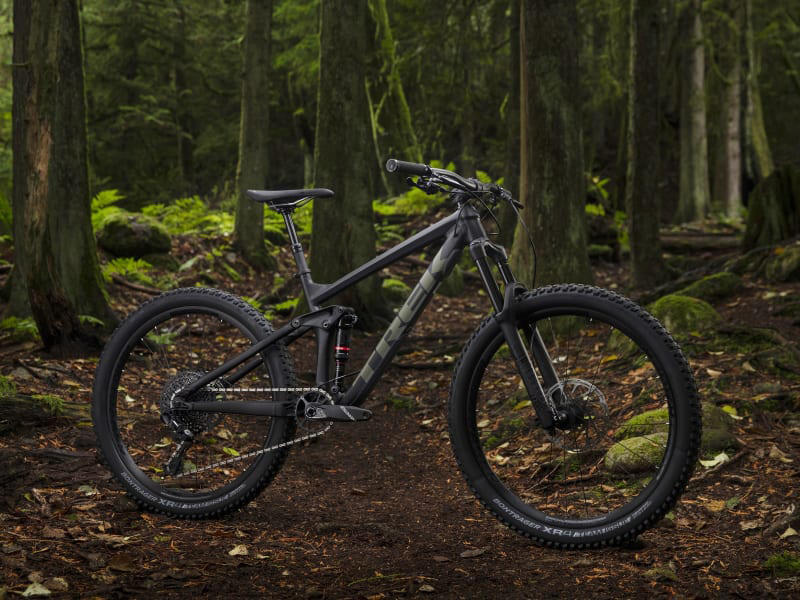
A trail bike will make flat trails feel fast and fun, and will give you the confidence to hit a few jumps and drops if you feel inclined. Climbing will be slightly slower, but should still feel relatively efficient. And the trade-off is worth it for how much fun you’ll be having on the trails!
Downcountry: A New Take On Trail Riding
If you frequent any MTB forums, you may have heard the term Downcountry thrown around in conversation.
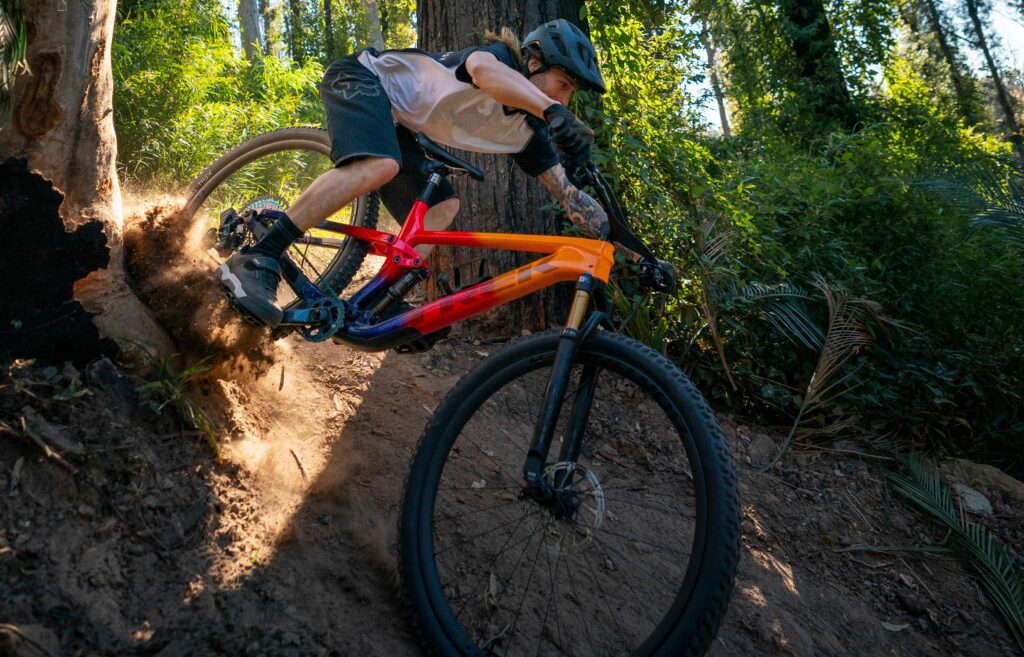
This refers to a category of bikes that blends XC efficiency with trail bike playfulness. Think shorter travel (around the 120mm mark) for more efficient climbing, but with confidence inspiring geometry that will let you tackle tougher trails! You may find you want a bit more support than a Downcountry bike offers when things get super rough and steep, but we think this style of bike is perfect for a lot of our local riding! (Think Surrey Hills etc).
“Downcountry” is not technically a proper category, so you’ll find these types of bikes in both the Trail & XC categories depending on which side they lean more towards.
All-Mountain/Enduro Bikes: Thrilling Descents and Downhill Performance
This is where we start focusing more on descending prowess rather than high climbing efficiency. An All-Mountain bike kind of does what it says on the tin – you can ride all types of terrain comfortably on one of these bikes. They are designed to be a jack-of-all-trades, allowing you to feel confident hitting technical terrain at pace, while still being able to pedal back to the top.
“Enduro” references the discipline of Enduro racing – big days on the bike with racing across multiple stages/trails. You’re only timed on the descending – and the trails tend to be on the more technical side, favouring those with more advanced downhill skills. Enduro bikes are designed with this type of riding in mind.
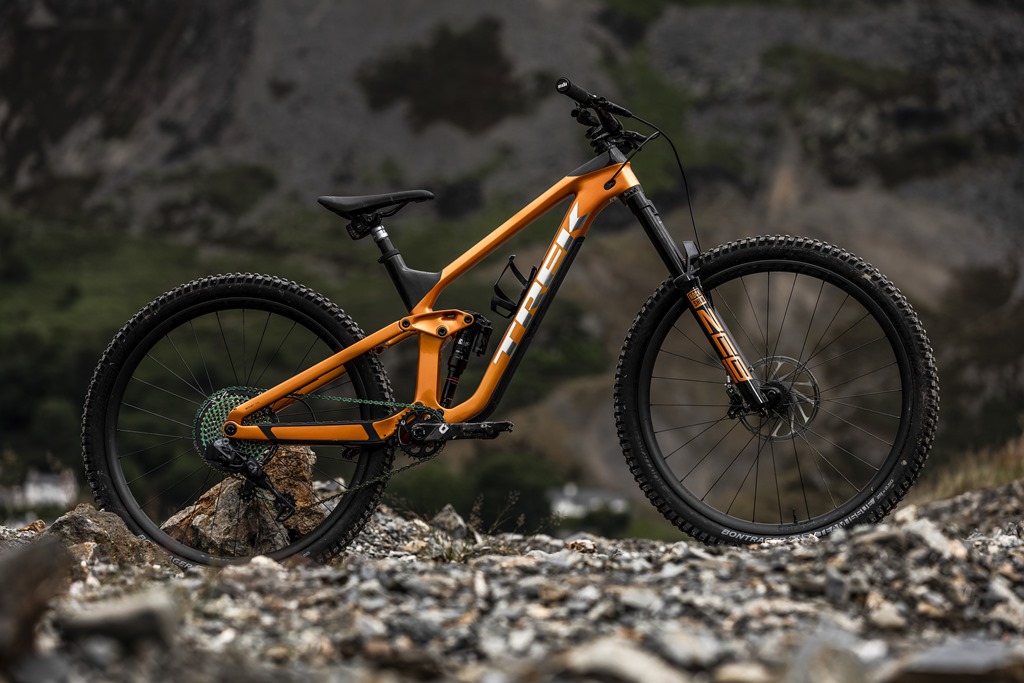
Head angles start getting slacker, and suspension travel longer (Usually the 160-180mm range), meaning climbing may start feeling slightly more sluggish but most would say it’s a fair trade for the confidence you’ll find when pointing back down the hill.
The lines can get somewhat blurred between Trail, All-Mountain and Enduro bikes. Some brands also no longer use the term “All-Mountain”, though Enduro bikes tend to be even further biased towards the downhill sections and ready to tackle the gnarliest terrain.
Downhill Bikes: Unleash the Thrill
Downhill mountain bikes are for tackling the hardest terrain, and sending the biggest jumps. These bikes come alive at speed and are definitely not designed to be pedalled back to the top of the hill – if you don’t have an uplift available you’ll be pushing your bike.
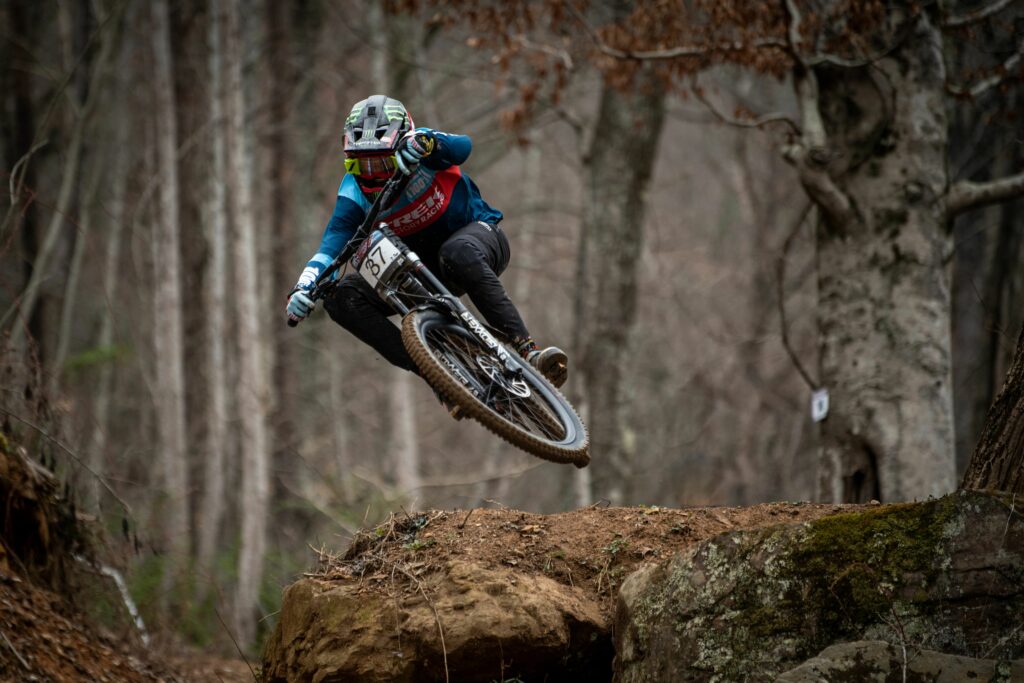
Downhill bikes will have the longest travel available (usually somewhere in the 180 – 200mm range) and heavy duty components that can take the biggest hits. This does come at a bit of a weight penalty, but if you’re tackling something particularly challenging you need to know your tools are up to the job!
Most complete beginners probably don’t need to look at downhill bikes to start with – you won’t really make the most of these bikes until you can hit rough sections and big features with speed and confidence. And they can make easier/more beginner friendly trails feel hard work and quite dull!
Conclusion
The world of mountain biking and all its terminology can sometimes feel a bit overwhelming for a new rider, but we hope this has helped give you a brief overview of the different styles of bike that might suit your needs. If you need further advice or information then please don’t hesitate to contact our support team, or your local Balfe’s store!

